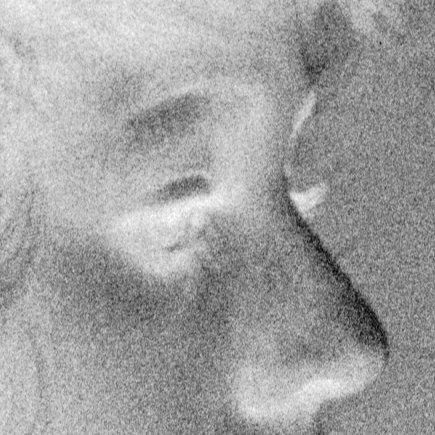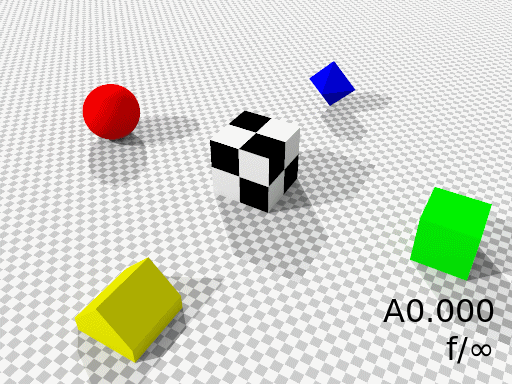cinematography research : composition exercise
Here are examples of practiced camera techniques and compositions that can be seen in many films which were part of the task for this learning objective.
low angle shot
single point perspective
diagonals
curves & more perspective
high angle shot
rule of thirds
???
rule of thirds/site of old college
triangle (street sign, entrance of house/flat, satellite tv receiver)
rule of thirds
depth of field/close shot
LO1: Cameras & Camera Settings
USES OF CAMERA EQUIPMENT
Prime lens (1 focal length, wider maximum apertures)
Zoom lens : available with 24-70mm focal length, used in professional photography.
Standard lens (usually 50mm focal length)
Wide-angle- lens
Tele-photo
Macro: Designed for close-up, mainly with a reproduction ratio of 1:1...
Manual (specifically made for manual focus & zoom.)
Pancake lens: a compact lens with a 28-40mm focal length
Superzoom
Telephoto zoom: Shortest focal length begins in the telephoto region e.g. on a DSLR camera 70-300mm lens & an 100-400mm optic lens
Portrait
Mirror (instead of glass this lens uses mirrors to refract light into the camera, allowing brighter shots.
Tiltshift
fisheye lens: used to display additional corners. Used in astrophotography and other expansive scenes
Camera Equipment Settings 1) the “exposure triangle”
The exposure triangle is formed wtth the ISO (light exposure), the aperture size (depth of field) and the shutter speed combined. Photographs and film styles have been dependable on the three aspects that form the exposure
2) Shutter speed
The exposure time as the shutter opens and closes. Calculated as a fracture of a second e.g. 1/15, 1/125. The picture is usually darker ( for night vision if the shutter speed is longer.
3) ISO
ISO refers to the light sensitivity level on a camera. A low ISO (e.g. 100, 200) level is for low sensitivity as a high ISO e.g. 800, 1600 means higher sensitivity. Film grain will be more visible with a high ISO.

ISO 1600 example
4) Aperture and f.stops
The aperture is a hole within the camera lens which makes the lighting possible in a photograph or film. This size of the aperture can also affect the depth of field the focal ratio is the calculation for the aperture size and the depth of field.
5) Depth Of Field
In photography, the depth of field is the focus length of a shot or scene in a film, A narrow depth of field refers to the when the focus length is close, with only the foreground visible ,whilst a wide depth of field describes a shot where the focus length is high, thus objects from a far distance can be seen.
College Equipment Settings
oct 13
camera settings
Lighting settings ???
???

 Exposure settings
Exposure settings
 Aperture with f-stops visible below and the exposure on the left side
Aperture with f-stops visible below and the exposure on the left side
Shutter speed with the options below. 1/50 is one of the lower shutter speeds
The F2.4 setting features a narrow depth of field






























0 Comments:
Post a Comment
Subscribe to Post Comments [Atom]
<< Home